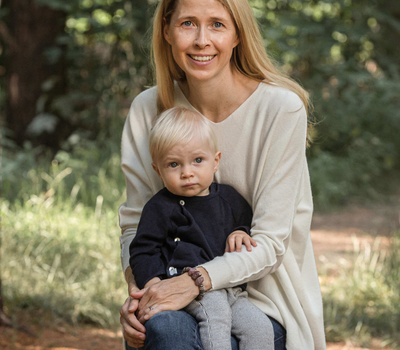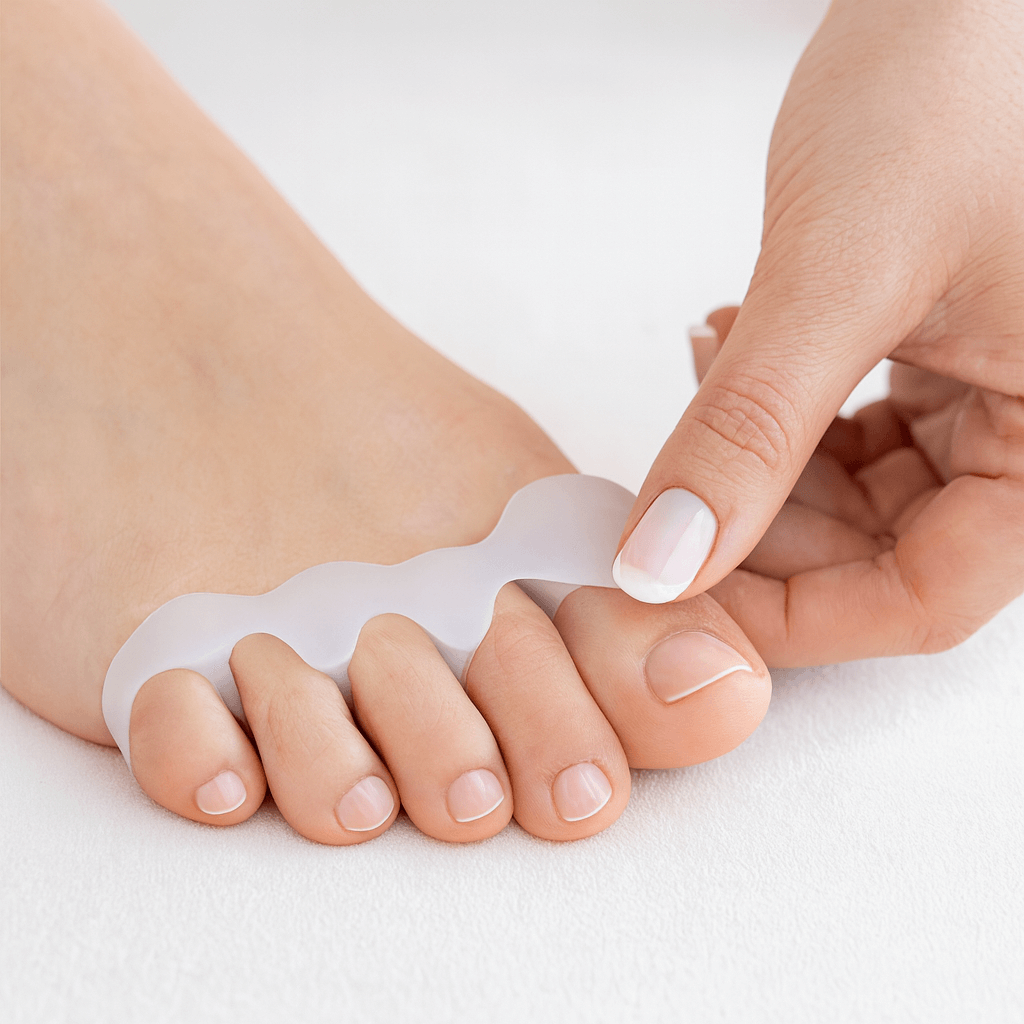Eczema – medically known as “atopic dermatitis” – is now one of the most common skin conditions in babies and children. Many parents know the situation: the skin suddenly appears dry, irritated, or red; the baby scratches more than usual or sleeps more restlessly. This can be unsettling – especially in the beginning.
The good news: with knowledge, the right skincare, and small everyday adjustments, the symptoms can be managed very well. In this article, you’ll learn what eczema actually is, where it comes from, which triggers are common – and what really helps your child.bitt
ChatGPT said: What exactly is eczema?
Eczema is a chronic inflammatory, non-contagious skin condition that occurs in flare-ups. It often shows up as:
• dry, sensitive skin
• red or scaly patches
• itching
• eczema, often on the cheeks, the insides of the elbows, the backs of the knees, or the neck
• nighttime scratching or restlessness
In eczema, the skin barrier is weakened. As a result, the skin loses moisture and reacts more sensitively to external triggers.
ChatGPT said: Where does eczema come from?
The causes are varied — usually it’s a combination of several factors.
- Genetic predisposition
Eczema often runs in families. If a parent has allergies, asthma, or eczema, the child’s risk is higher. - Sensitive skin barrier
Many affected children have a natural deficiency of filaggrin — a protein that is important for a strong skin barrier. - Immune system
The immune system reacts more quickly and intensely to stimuli, which can promote inflammation. - Environment & lifestyle
Heated indoor air, cold temperatures, stress, or unsuitable skincare products can put additional strain on the skin.
Typical triggers for flare-ups — and why they have an effect
Flare-ups often appear suddenly — commonly triggered by:
Cold & dry air
→ Cold air draws moisture from the skin. The already sensitive skin barrier becomes even drier and inflames more easily.
Wool or synthetic clothing
→ Scratchy fibers or friction irritate the skin. Synthetics can trap heat and moisture, causing the skin to sweat more and react with irritation.
Fragrances & heavily foaming skincare products
→ Many fragrances are potential allergens; surfactants in foaming products attack the skin barrier and dry it out.
Sweating & heat
→ Sweat contains salts that irritate sensitive skin. Heat also traps moisture, which promotes itching and inflammation.
Pollen, pet dander, or house dust
→ Allergens can intensify the immune response. In children with an atopic predisposition, the skin becomes inflamed more quickly.
Stress (possible even in babies — e.g., restlessness, changes)
→ Stress hormones affect the immune system. They increase inflammatory reactions in the skin, triggering flare-ups.
Food allergies — in some, but not all, children
→ When an allergic reaction occurs, the whole body becomes activated. This can intensify inflammatory skin reactions via the immune system.
Important to know:
Every trigger is individual. Not everything that causes a flare-up in one child affects another. Sometimes it takes time, patience, and observation to identify your child’s specific triggers.
What parents can do — gentle, effective support in everyday life
1. The right daily skincare
For eczema, the foundation is consistent, gentle, and replenishing care. It strengthens the skin barrier, reduces dryness, and helps prevent flare-ups.
What to look for — how to recognize suitable products
✔ Fragrance-free products
→ Fragrances are common irritants. The label should say “fragrance free,” “unscented,” or “without fragrance.”
✔ Rich, moisturizing formulations
→ Products with ingredients like glycerin, ceramides, panthenol, or natural oils are ideal because they bind moisture and help repair the skin barrier.
→ Terms like “replenishing,” “intensive care,” or “for very dry skin” are good indicators.
✔ No harsh surfactants
→ On body wash or shampoo: look for “SLS-free” (no sodium lauryl sulfate) or “soap-free.”
→ Use foaming products only sparingly.
✔ Regular moisturizing, 1–2× per day
→ Ideally right after bathing or showering, while the skin is still slightly damp — this helps lock in moisture.
Helpful labels on packaging include:
“Suitable for sensitive skin”
“Suitable for eczema” (sometimes with certification)
“Hypoallergenic”
“Dermatologically tested”
“Free from dyes”
“Free from microplastics”
“Alcohol-free” (or no alcohol denat. among the first ingredients)
KAMI Skincare
Developed by a doctor for her son.
THE natural game changer for inflamed and eczema-prone skin.
3. When the itching is severe
Itching is one of the most stressful symptoms of eczema — for children and parents. It is caused by skin inflammation, but also by dryness, heat, or friction. It’s important to relieve the itching before your child scratches and further irritates the skin.
Short fingernails
Keep fingernails as short as possible so your child doesn’t injure themselves while scratching. This reduces the risk of broken skin and small infections. For babies and toddlers, filing nails regularly instead of cutting them helps prevent sharp edges.
Soft cotton gloves at night
Many children scratch unconsciously at night. Soft cotton gloves can help protect the skin and reduce stress on eczema patches. Important: choose only breathable, natural materials so the hands don’t overheat.
Cooling compresses
Cold soothes the skin, reduces itching, and calms inflamed areas.
Helpful options include:
• cool, damp washcloths
• special gel pads (always wrapped in fabric!)
• briefly applied cool packs
Never apply ice directly to the skin.
Cooling should be gentle — soothing without stressing the skin.
Creams that reduce itching
For severe itching, calming, fragrance-free creams or lotions can help that:
• provide moisture
• strengthen the skin barrier
• soothe inflamed areas
Look for ingredients like panthenol, evening primrose oil, oat extract, glycerin, or aloe vera (on non-open areas).
These calm the skin and reduce the urge to scratch.
If itching is very pronounced, your pediatrician may recommend additional anti-itch medications.


